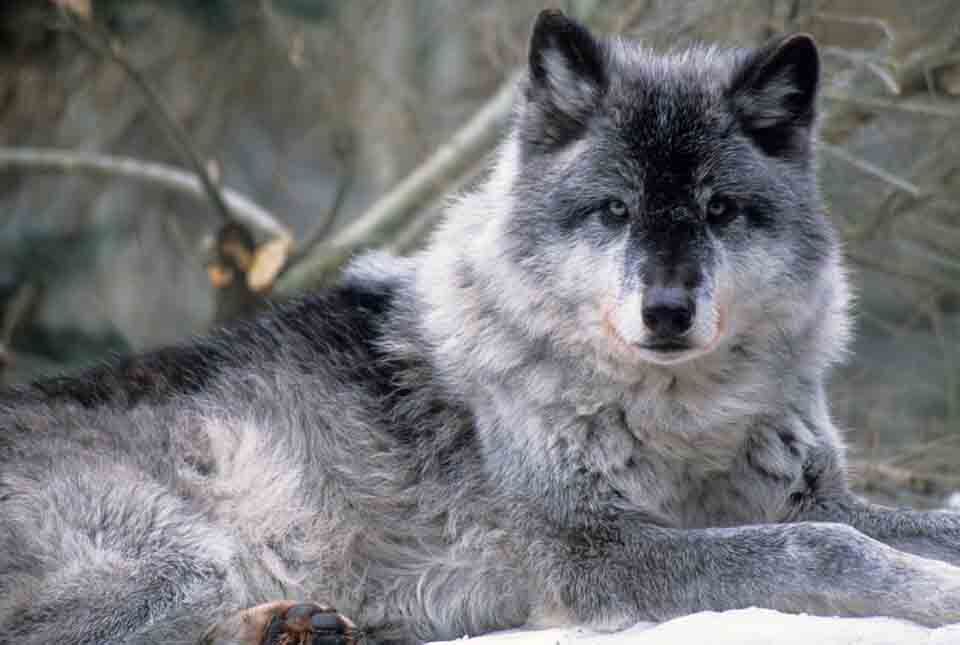Decline Of Oregon’s NW Wolf Population Created Environmental Imbalance

Recently published research in the journal BioScience indicates that ecosystems in the Northwest were significantly shaped by wolves before they were nearly wiped out in the region. Earlier research has lacked sufficient insight into their role in the environment because of their absence.
The lead author of the OSU Study, an Oregon State ecologist, William Ripple, said, “We found that the historical presence of wolves was not considered in the majority of relevant publications that we analyzed.”
Ripple said that the presence or absence of wolves can dramatically affect the function and structure of the ecosystem, making it a major issue for management, conservation, and restoration.
Declining Gray Wolves In Oregon Affects Ecology
The almost total disappearance of gray wolves by the 1930s in Oregon and the rest of the West led to increasing populations of animals the wolves had formerly preyed on. This created an imbalance in the environment.
Listed in most central and western Oregon as endangered under the federal Endangered Species Act, gray wolves have only recently returned and multiplied following decades of absence. Returning to the Eastern parts of Oregon in the late 1990s- 50 years after being hunted and chased from the U.S., by 2009, the wolf population in eastern Oregon became more established, but growth has since stagnated.
Oregon Wolf Numbers Stagnant With Highest Human-Caused Death Rate In Over A Decade
The researchers recommend that more historical data be identified and studied across the region to better understand the effect wolves and other large predators had on the Northwest ecosystem. Ripple said it is important to remember what the ecosystems looked like before the loss of wolves, and then document the shifting baseline. But the landscapes now being studied may be a sick patient.
Exclusion Of Oregon Wolves From Studies Hampers Restoration In Northwest Oregon
Analyzing ecological studies published between 1955 and 2021 at 11 national parks, the researchers looked for mentions or any exploration of the effect of the wolves’ disappearance. Only 39 of the 50 studies analyzed- less than half, included this data.
As ecological research from the last century largely left out the role of wolves on the landscape, the full effects of their disappearance aren’t completely understood as much of the research wasn’t done until the wolves were almost gone.
By creating a false baseline, Ripple said the gap in the research saw many scientists measuring ecosystem health based on the degraded conditions that spread after the wolves had left.
Without wolves, coyote numbers grew, decimating populations of the smaller animals coyotes hunt, the elk populations grew, resulting in overgrazing, and the trees struggled because of changes in animal numbers and plant functions without wolves.
Ripple said the result is that our understanding of natural ecosystems in the Northwest is flawed, hampering habitat restoration projects in the Northwest and initiatives to reintroduce more gray wolves in the West. He said, “The historical loss of wolves from Western landscapes is a major ecological issue.”
